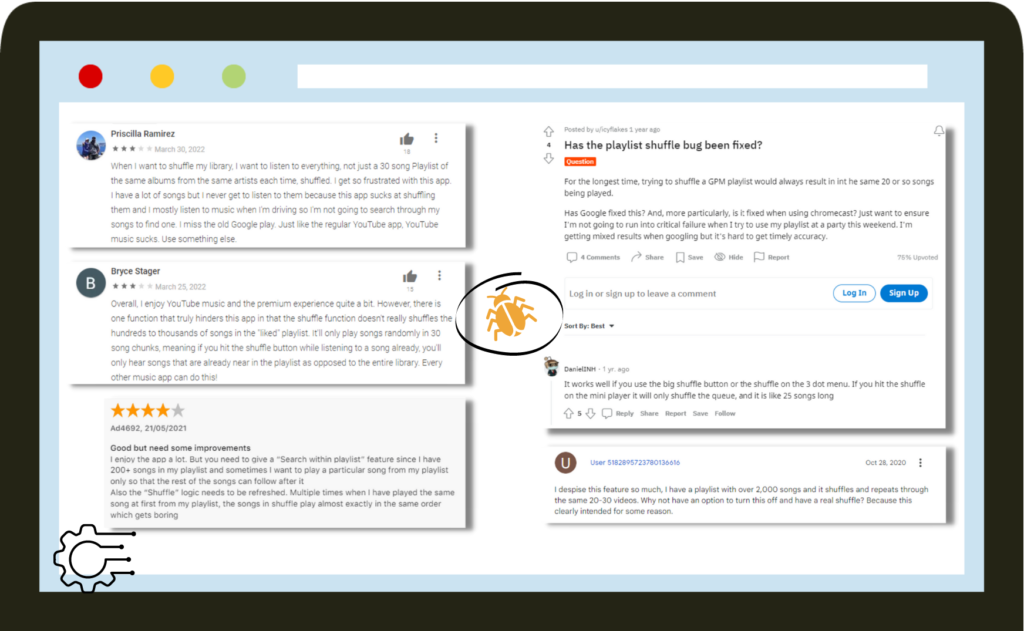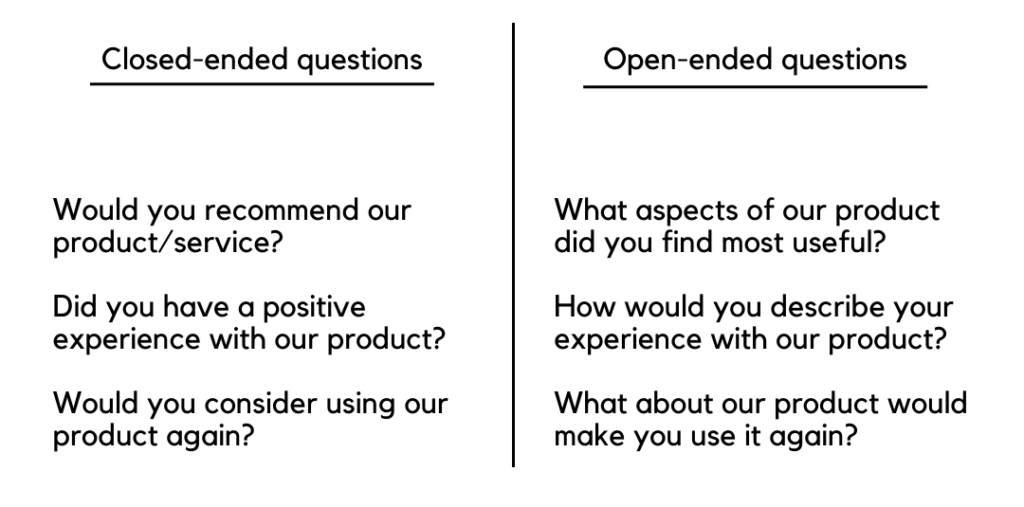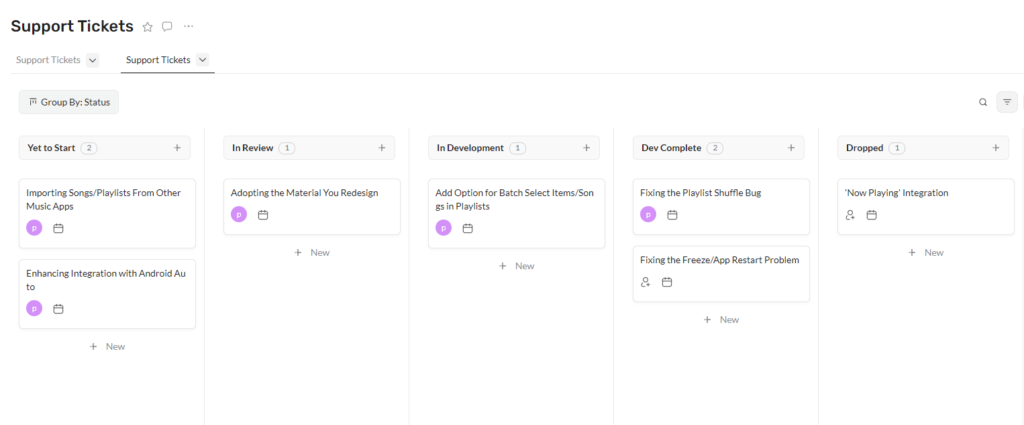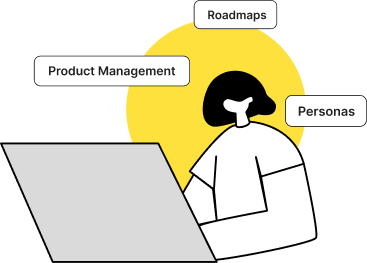Developing a successful product is a challenging process, undoubtedly. Product teams often burn the midnight oil, pouring their hearts and souls into building something worthwhile — something their audiences would love to use. But how does one even begin to figure out what their customers really want?
The answer is simple, really. All you need to do is keep your eyes and ears open and really listen! Product feedback is about interacting with your audience/customers to gain firsthand information about their experience with your product or service. Did they like the new feature you implemented? Do they wish the UI was cleaner? Is there something they feel is missing? Product teams can collect such feedback from various sources, such as online customer reviews, customer support tickets, surveys/feedback emails, interviews, etc.
Why Product Feedback Matters
As product managers, keeping track of what your company/business is doing right (and wrong) is crucial. Hence, asking audiences outright about their preferences helps ensure that you focus your time on building features that have a real-world impact and solve specific pain points. Once you have those insights, you can begin to:
Improve/Fine-Tune Your Product Offerings
As a product manager, you must keep track of what your product is doing right (and wrong), and collecting regular feedback will help you identify what your audiences like or don’t like about your product. Take YouTube Music, for instance.

Looking at user reviews of its mobile app (both Android and iOS), it is evident that there are a few bugs that significantly affect functionality. Here are a few of the most common ones:
- Playlist Shuffle Bug – After the first 20 odd songs, the shuffle feature breaks and starts up the radio/song recommendations, ignoring the remaining items in the playlist.
- Missing Batch Select Option – There is no option to select multiple songs at once, so users have to delete or add one song at a time to their playlists. Undoubtedly, the process is tedious and frustrating.
- No Search in Playlists – At present, users cannot use the search functionality within their playlists, making it super inconvenient to find songs in large playlists.

Any music lover out there knows how important a role playlists play in life. All three bugs mentioned above break the functionality of the app, thus marring the experience for customers.
Now, can you guess the next step the YouTube Music product team will have to take? Surely, it has to be fixing these bugs — because if they don’t, customer satisfaction will plummet, and they stand to lose business.
A significant part of product management is assessing which bugs to fix first, which features to update, and which elements to tweak to enhance the user experience. Continuously monitoring feedback allows you to dig deep and look for these answers.
Build Customer-Centricity
When you collect feedback and act upon it, it lets your customers know that you are listening to them. After all, you are building products FOR them, so it is a good idea to hear them out. Not only does it help build loyalty and goodwill, but it also encourages your customers to recommend your product(s) to others. It’s a win-win situation!
Fetch More Business
Now that you have improved your products and won the hearts of your user base, it is time to reap the benefits. The high customer satisfaction levels you have maintained thus far will undoubtedly lower the customer churn rate and significantly uplift your reputation in the market, fetching you more customers. Profits, y’all!
How to Collect Feedback

Customer Feedback Surveys
Surveys are perhaps the oldest yet most effective method of collecting feedback. However, given that there is so much you could ask customers, it is vital not to go overboard. Follow the KISS (keep it simple, stupid) principle, and you will be good to go! Keep your questions easy to comprehend, open-ended, and to the point. For reference:

Open-ended questions will often give you more detailed customer experience insights, and you may even learn things you did not expect in the first place. For instance, a customer may inform you about a bug they spotted or suggest a feature that would considerably improve customer experience. However, open-ended questions are not always the best choice. Not everyone has the time to write an essay about their experience, and sometimes, answering multiple choice questions is way less intimidating. Thus, it is vital to balance out your surveys. Keep a mix of open and closed-ended questions, and keep your surveys as short as possible.
There are multiple online survey tools you could use, such as Qualaroo (one-question surveys for people active on your website), SurveyMonkey (traditional surveys), or the good old-fashioned Google Forms.
Online Customer Reviews
There are multiple platforms where users rate products and highlight their experiences, including the Google Playstore, Mac/iOS App Store, Windows Store, Google Reviews, G2Crowd, etc. Consider visiting any of them and looking at user reviews for your product, and you will certainly get some very useful insights.
Direct Interviews
You can reach out to customers directly and have open conversations with them about the usability of your product. Chances are, you will get highly detailed responses and insightful inputs/suggestions that you may not have thought of otherwise. Moreover, receiving qualitative feedback in the form of customer stories might actually feel refreshing, as opposed to the raw quantitative data that you are so used to receiving.
Social Media
Having a social media page can do wonders for your product in terms of engagement. Social media is perhaps the most reachable platform (and the easiest) for users to interact with businesses/brands. Trust me, customers will not shy away from commenting on your posts about bugs, feature requests, grievances, and everything in between. However, if you can be active on social media and interact with the several comments flowing in every day, you will get mountains of insightful feedback. It also makes it easy to close feedback loops with customers since they are just a few clicks (or taps) away.
Feedback Management Tools
Platforms like Canny help you collect feedback in an organized way, making it easier for you to understand customer needs and prioritize your product roadmaps effectively. Let’s have a look at how Freshflows handles support tickets, for reference.

Having a dashboard like this is objectively better than collecting and sorting out feedback in a spreadsheet, wouldn’t you say?
Feedback management tools also help you interface directly with your customers, making it easier to close the feedback loop, i.e., update them once you have fixed a bug or implemented a new feature they had requested.
Turning Feedback Into Results

Great, you have done the groundwork and collected all the feedback you possibly could have. Now is the time to leverage that feedback and turn it into actionable ideas.
Categorize It!
The first step would be sorting this feedback into categories, such as feature requests, bug fixes, UX/UI enhancements, etc. By sorting the feedback into categories, you make it easier for yourself and your team to spot problems/patterns and get started with attempting to fix them. If you have received 1000+ pieces of feedback, you might find that over 400 of them report the same (or similar) issue.
Prioritize!
Once you begin to notice patterns and see which features/bug fixes are most requested, you will be able to prioritize accordingly. Remember, the order in which you prioritize said features must make sense from a business standpoint. There is absolutely no point in spending too much time developing aspirational features that most users would not use anyway. Figure out what matters most (both now and in the long run) and whether you have the time and resources to take it up. Ask yourself the questions:
- Does it align with our business strategy?
- Will it improve the user experience?
- How significant of an impact will it have on profits?
- Is it absolutely necessary to fix/develop this right now?
Remember, functional aspects come first. Nice-to-haves can always be developed later.
Test It Out!
Once you believe you have a clear idea of what needs to be done, start brainstorming possible solutions with your team. Test your ideas out, and try coming up with the best (most efficient) way of solving problems.
To Conclude
You stand to gain so much from collecting feedback and acting upon it — better insights to drive your business forward, increased brand loyalty, better relationships with customers, and improved CX. What have you got to lose?
— Absolutely nothing! So, why wait? Try enhancing your feedback game and see how significantly it helps grow your business!
